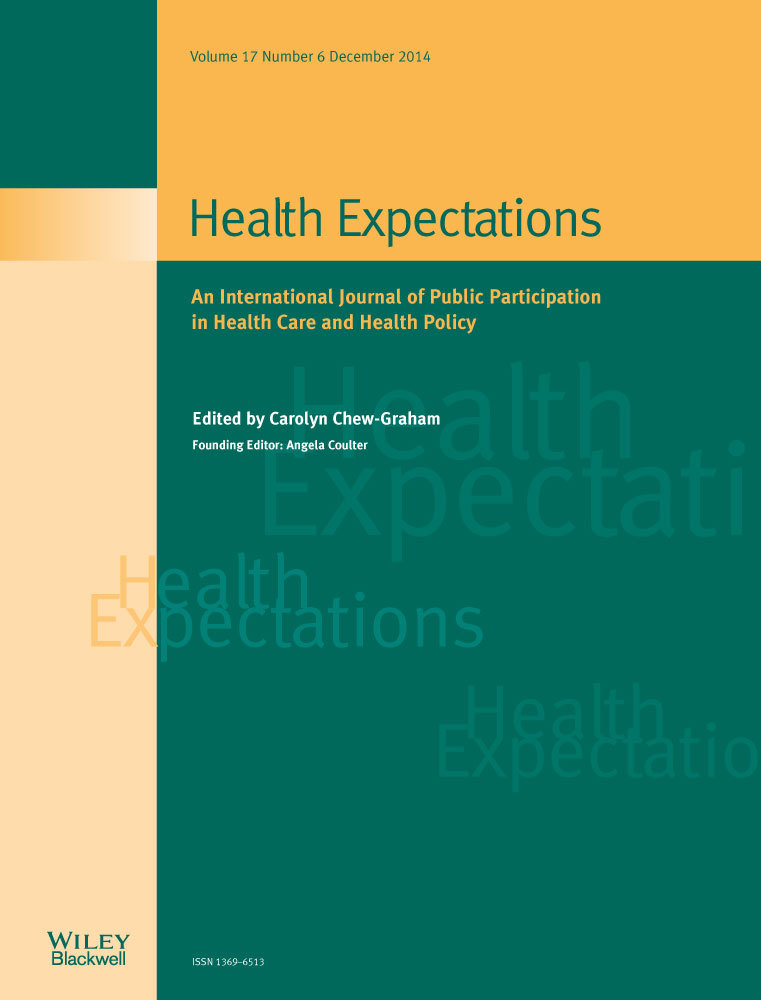Elderly patients' experiences using adaptive conjoint analysis software as a decision aid for osteoarthritis of the knee
Abstract
Background
Decision making in knee osteoarthritis, with many treatment options, challenges patients and physicians alike. Unfortunately, physicians cannot describe in detail each treatment's benefits and risks. One promising adjunct to decision making in osteoarthritis is adaptive conjoint analysis (ACA).
Objective
To obtain insight into the experiences of elderly patients who use adaptive conjoint analysis to explore treatment options for their osteoarthritis.
Design
Participants, all 65 and older, completed an ACA decision aid exploring their preferences with regard to the underlying attributes of osteoarthritis interventions. We used focus groups to obtain insight into their experiences using this software.
Results
Content analysis distributed our participants' concerns into five areas. The predicted preferred treatment usually agreed with the individual's preference, but our participants experienced difficulty in four other domains: the choices presented by the software were sometimes confusing, the treatments presented were not the treatments of most interest, the researchers' claims about treatment characteristics were unpersuasive and cumulative overload sometimes developed.
Conclusion
Adaptive conjoint analysis presented special challenges to our elderly participants; we believe that their relatively low level of computer comfort was a significant contributor to these problems. We suggest that other researchers choose the software's treatments and present the treatment attributes with care. The next and equally vital step is to educate participants about what to expect, including the limitations in choice and apparent arbitrariness of the trade-offs presented by the software. Providing participants with a sample ACA task before undertaking the study task may further improve participant understanding and engagement.




